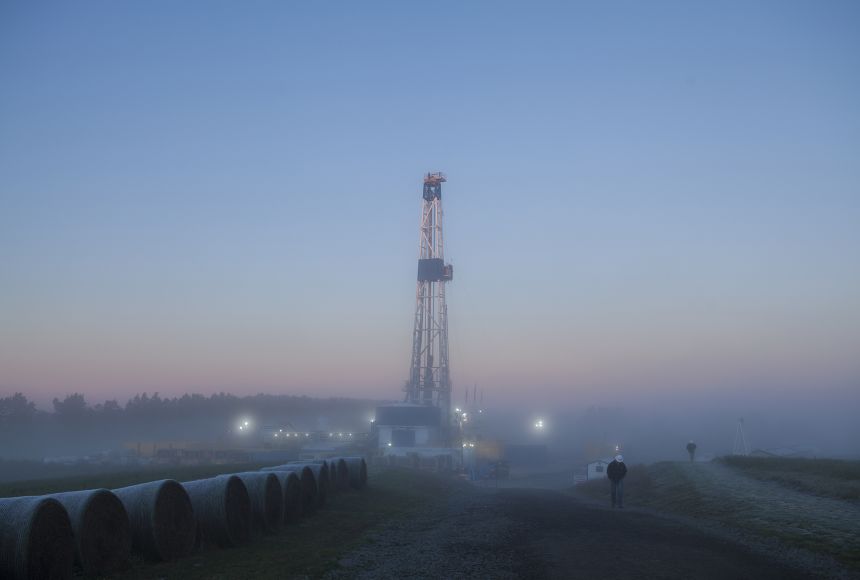ENCYCLOPEDIC ENTRY
ENCYCLOPEDIC ENTRY
Climate Change
Climate Change
Climate change is a long-term shift in global or regional climate patterns. Often climate change refers specifically to the rise in global temperatures from the mid-20th century to present.
Grades
5 - 8
Subjects
Earth Science, Climatology
Image
Fracking tower
Fracking is a controversial form of drilling that uses high-pressure liquid to create cracks in underground shale to extract natural gas and petroleum. Carbon emissions from fossils fuels like these have been linked to global warming and climate change.
Photograph by Mark Thiessen / National Geographic

Media Credits
The audio, illustrations, photos, and videos are credited beneath the media asset, except for promotional images, which generally link to another page that contains the media credit. The Rights Holder for media is the person or group credited.
Director
Author
Production Managers
Program Specialists
other
Last Updated
November 19, 2024
For information on user permissions, please read our Terms of Service. If you have questions about how to cite anything on our website in your project or classroom presentation, please contact your teacher. They will best know the preferred format. When you reach out to them, you will need the page title, URL, and the date you accessed the resource.
Media
If a media asset is downloadable, a download button appears in the corner of the media viewer. If no button appears, you cannot download or save the media.
Text
Text on this page is printable and can be used according to our Terms of Service.
Interactives
Any interactives on this page can only be played while you are visiting our website. You cannot download interactives.